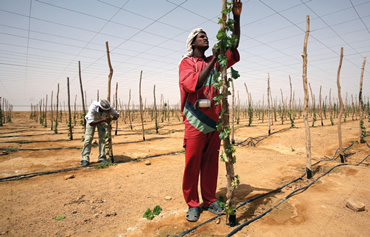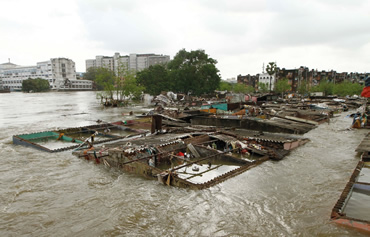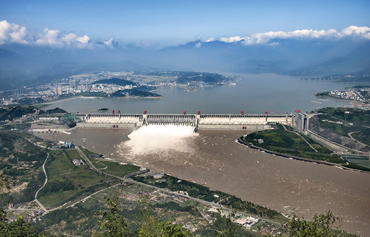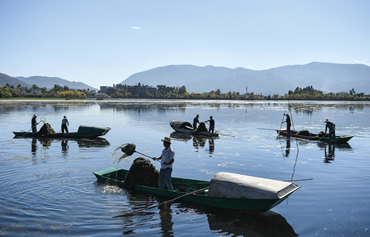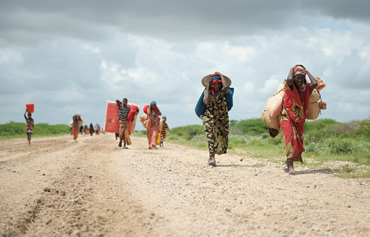Part 2 - Mapping hotspots
Water-related energy production
Role of renewable energy will at least triple
The global demand for renewable energy will increase in the rest of this century, resulting in more hydropower and energy crops, worldwide.
Share of renewable energy is projected to increase from 5% now to 15% in 2050
Fuel and electricity production in PWh
Source: PBL
Under the Business-as-usual scenario, global energy use increases by 63% between 2010 and 2050. The share of renewable energy is projected to increase from 5% to 15%; the projected increase for hydropower is almost twofold, and for energy crops sevenfold.
Under a more ambitious mitigation scenario, the total energy production by 2050 will be the same, but with a 45% renewable share.
Hydropower potential
The Paris Climate Agreement will boost the use of renewable energy resources, which include hydropower and energy crops.
In 2010, 26% of the total hydropower potential was being utilised
Electricity production in PWh
Source: PBL
From an economic perspective, in the coming decades, global hydropower production could increase by 5.8 PWh. If ecological requirements with respect to river flow dynamics and fish migration would be leading, only 1.9 PWh of the economic potential could be utilised.
In addition to the current 8600 larger dams, primarily designed for hydropower, 3700 new dams are planned, each with more than 1 MW capacity, over 500 of which are already under construction.
Ecological requirements would substantially lower hydropower potential, in many places around the world. This is especially the case for the river systems of high ecological quality of the Amazon and Congo, where hydropower potential would be close to zero if ecological quality is to be preserved. If all economic potential would be utilised, an estimated 8 million people could be at risk of displacement.
3700 planned new dams
capacity in MW
Source: Zarfl et al., 2015
Planned hydropower increase is especially large in the Amazon river basin, the Congo river basin, the Yangtze basin and the Himalayan river basins.
Energy crops potential
Under the Business-as-usual scenario, global production of energy crops between 2010 and 2050 is projected to increase from 0.1 million tonnes dry matter, per year, to 2 million tonnes, supplying about 9% of the global energy production.
Land use for energy crops will compete with land use for food crops by 2050
Million tonnes dry matter, per year
Source: PBL
The major regions for energy crop production under the Business-as-usual scenario are Sub-Saharan Africa and Latin America, together encompassing around three quarters of total energy crop production. The competing pressures on land and water are most prominent in these regions.


